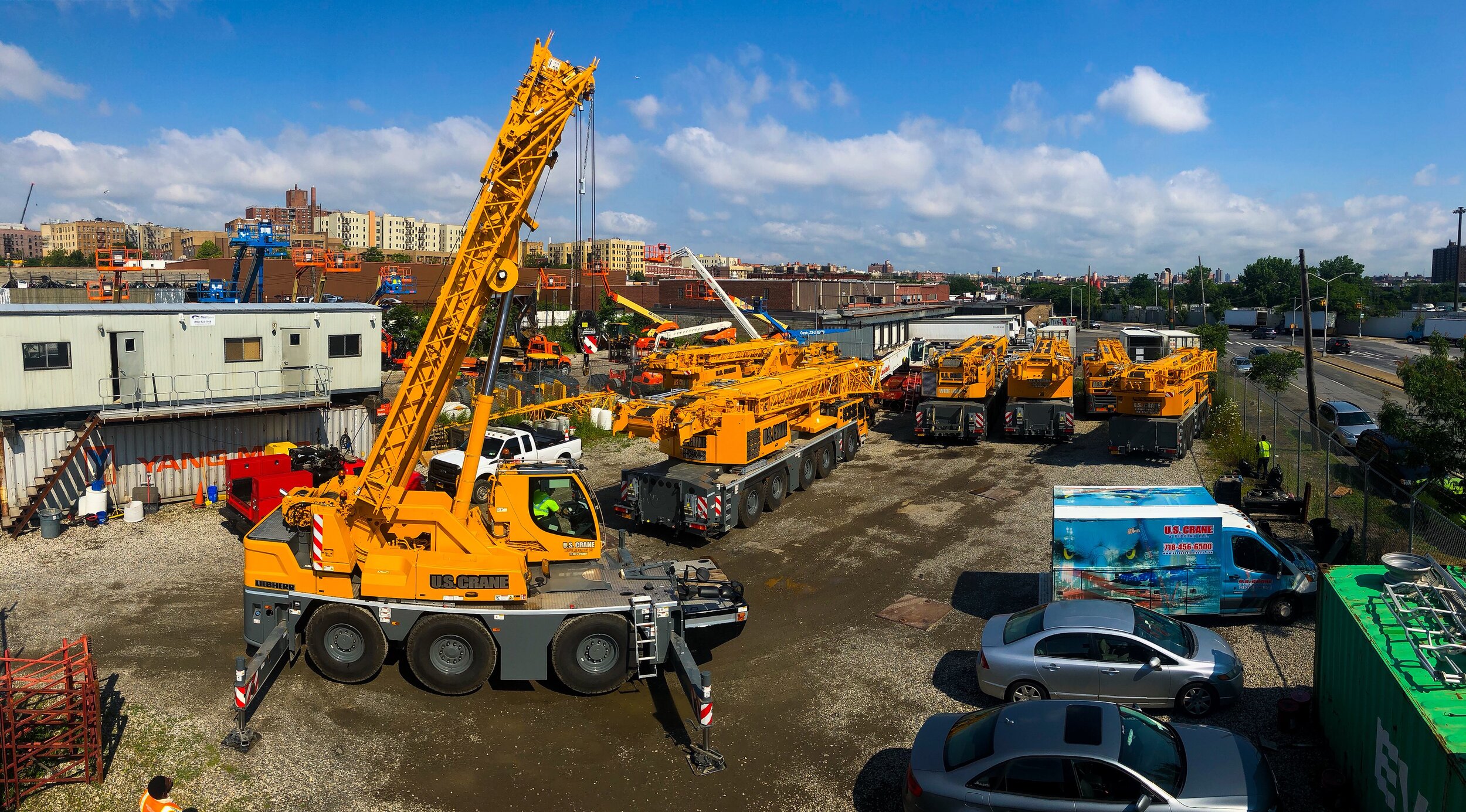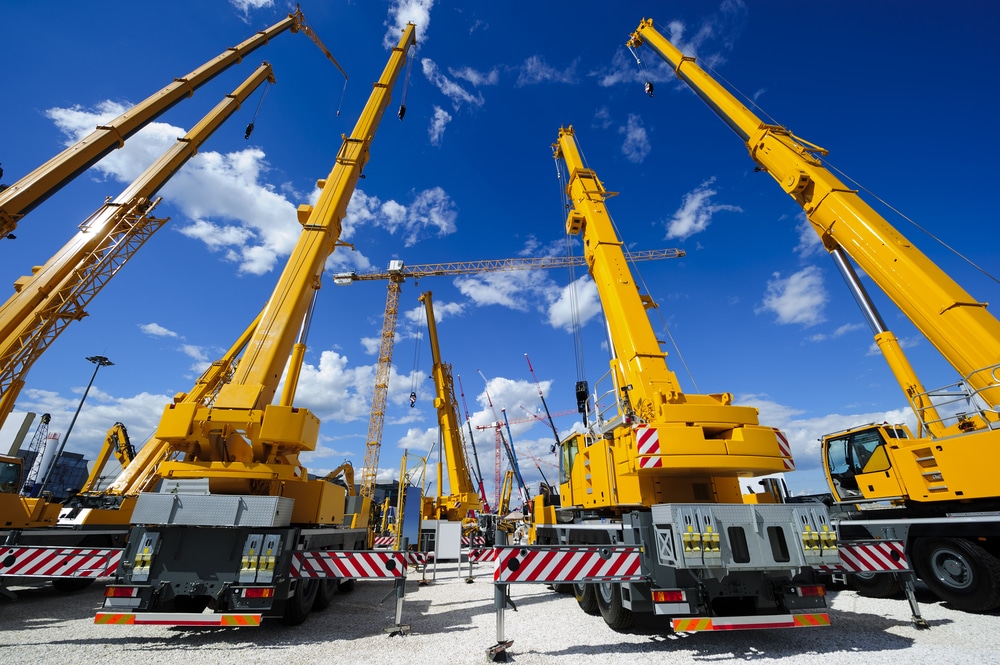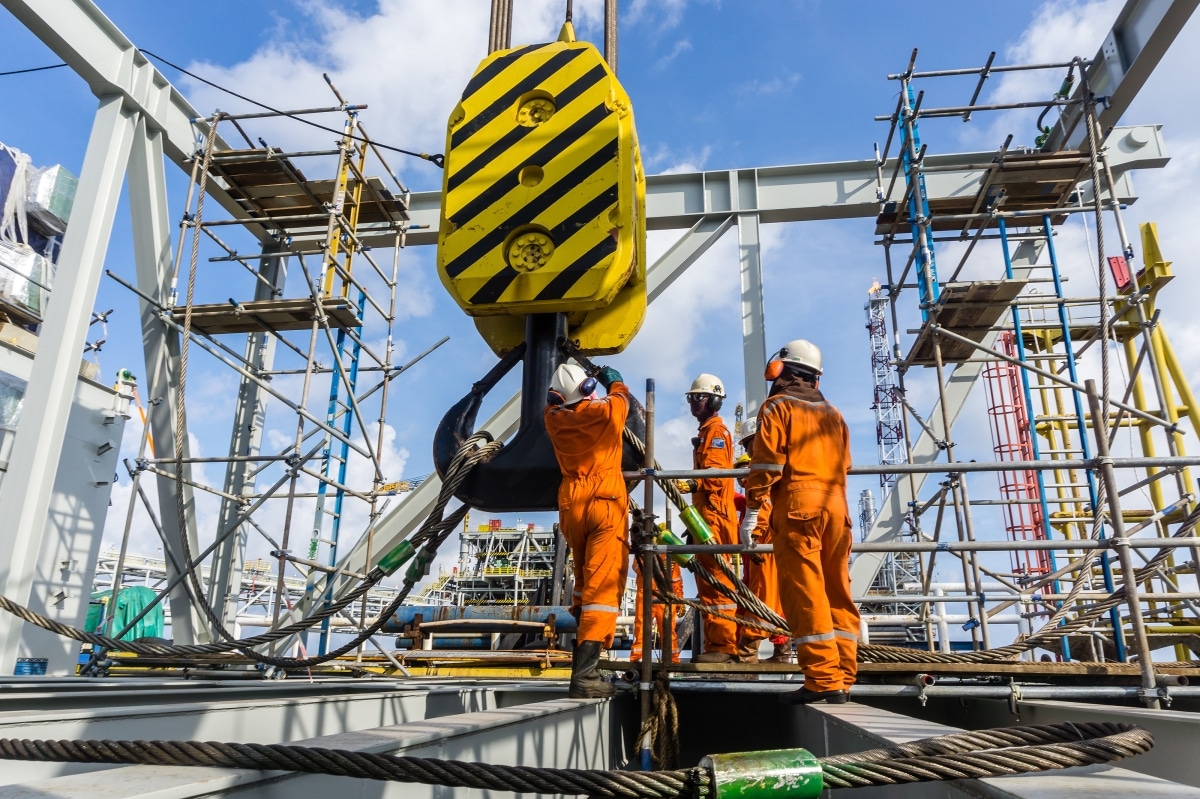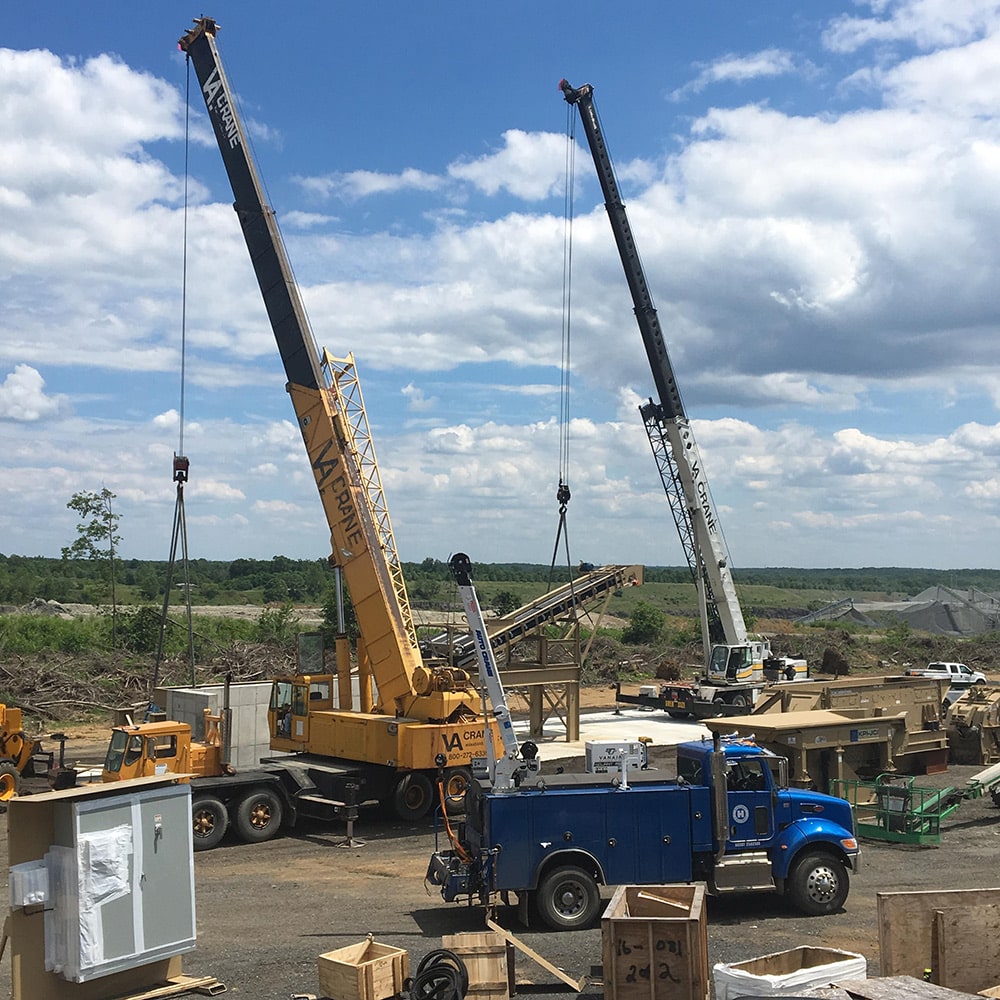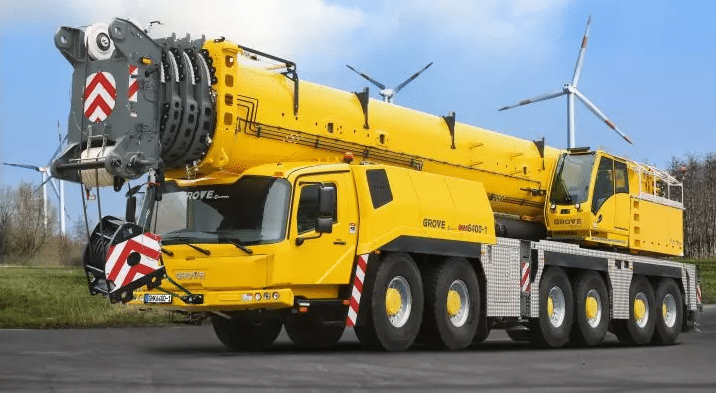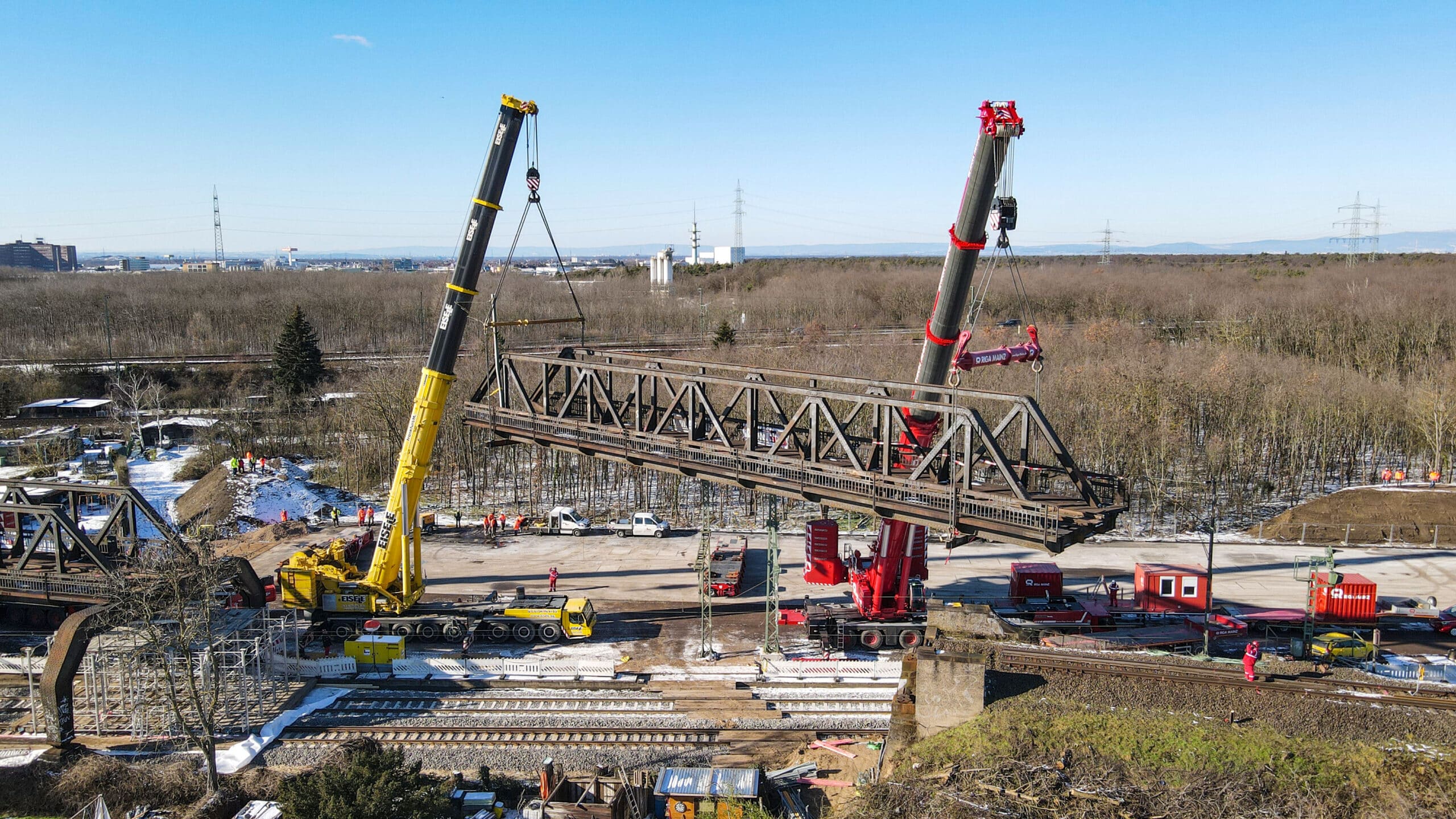In the world of heavy machinery, all-terrain cranes stand out as versatile workhorses that excel in a wide range of construction and industrial applications. These advanced machines combine the best features of both rough terrain cranes and mobile cranes, making them ideal for projects that demand flexibility, mobility, and lifting power. In this blog post, we will explore the numerous advantages and the exceptional versatility that all-terrain cranes bring to the table.
- Unmatched Mobility
One of the standout features of all-terrain cranes is their exceptional mobility. These cranes are equipped with both on-road and off-road capabilities, thanks to their multi-axle steering systems and powerful engines. They can easily traverse highways, urban streets, and rugged terrains, eliminating the need for multiple cranes or extensive transportation arrangements. The ability to access challenging job sites efficiently significantly reduces project downtime and logistics costs.
- Superior Lifting Capacity
All-terrain cranes are renowned for their impressive lifting capacity. With robust telescopic booms and sophisticated hydraulic systems, they can handle a wide range of loads, from light to extraordinarily heavy. This capability makes them an invaluable asset in construction projects involving large precast elements, heavy machinery, and other bulky materials that require precise and safe lifting.
- Flexibility in Boom Configurations
The telescopic boom of an all-terrain crane can be extended to varying lengths, allowing operators to adapt the crane’s reach to different job site requirements. Some all-terrain cranes are also equipped with jib attachments, further enhancing their lifting versatility. These adjustable boom configurations make it possible to maneuver around obstacles and access elevated work areas with ease.
- Easy Setup and Quick Deployment
All-terrain cranes boast rapid setup and teardown times, enabling swift deployment on the job site. The automated outrigger systems and hydraulic leveling mechanisms streamline the setup process, reducing downtime and increasing productivity. This efficiency is particularly valuable for projects with tight schedules or when the crane needs to move frequently between locations.
- Precise and Smooth Operation
Operators appreciate the precise and smooth controls that all-terrain cranes offer. The latest models come with advanced technology, such as load moment indicators (LMIs) and computer-assisted systems, aiding operators in maintaining safe load limits and preventing overloading accidents. The comfortable and ergonomic operator cabs also contribute to enhanced visibility and reduced operator fatigue during long working hours.
- Versatility Across Industries
All-terrain cranes find application in various industries, from construction and infrastructure projects to oil and gas, wind energy, and shipbuilding. Their ability to perform efficiently in diverse environments, ranging from urban settings to remote and rough terrains, makes them indispensable in tackling a wide array of challenges.
- Adapting to Changing Project Demands
The adaptability of all-terrain cranes allows them to respond effectively to changing project demands. Whether it’s lifting heavy loads, working at considerable heights, or accessing confined spaces, these cranes can be configured to address specific project requirements, making them a valuable asset in dynamic construction environments.
Conclusion
All-terrain cranes have rightfully earned their reputation as versatile workhorses in the construction and industrial sectors. Their unmatched mobility, lifting capacity, flexibility, and precise operation set them apart from other crane types, making them a preferred choice for diverse projects. With the ability to navigate challenging terrains and adapt to varying job site conditions, all-terrain cranes continue to play a pivotal role in meeting the ever-evolving demands of modern construction and infrastructure development.


